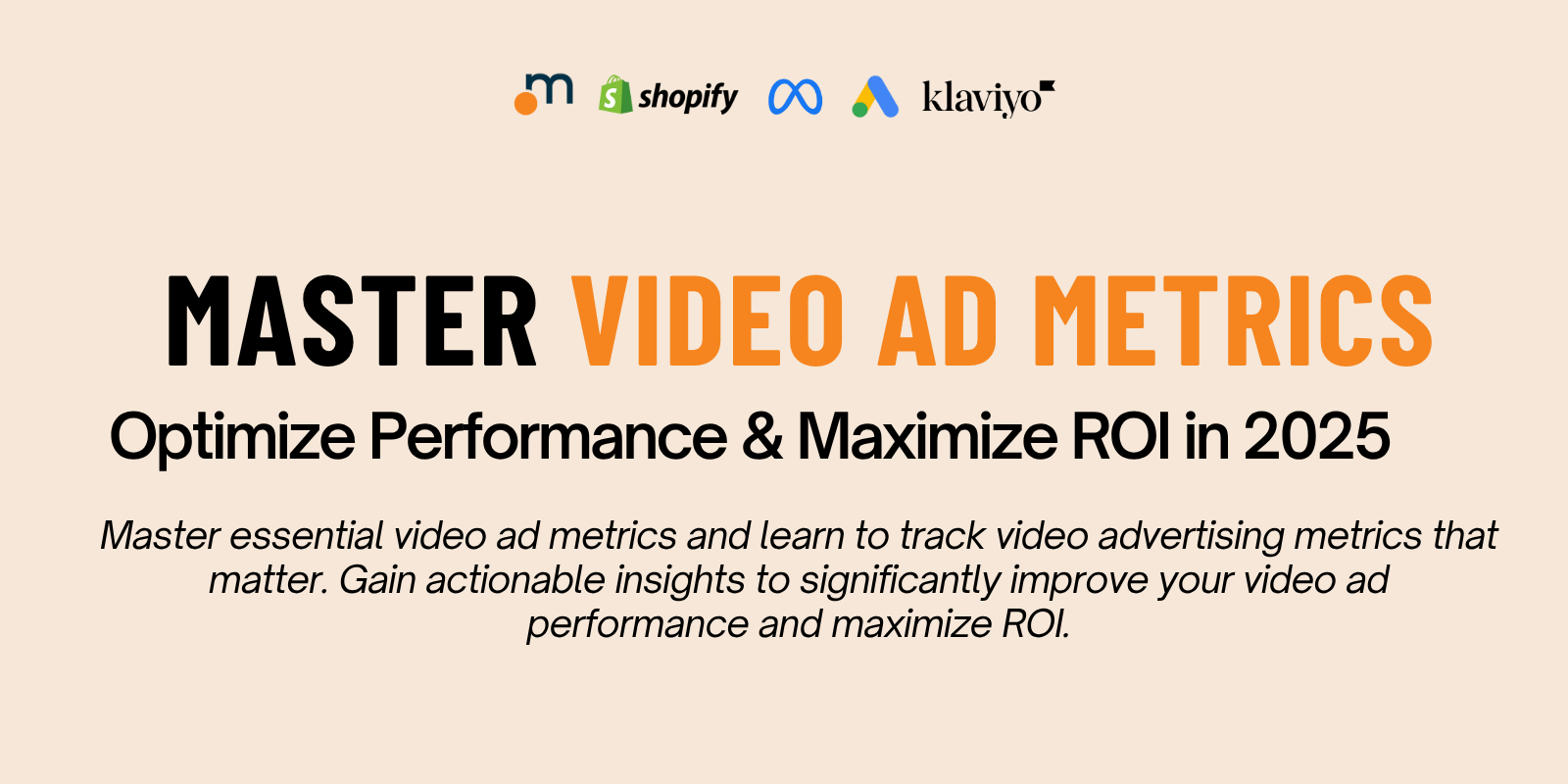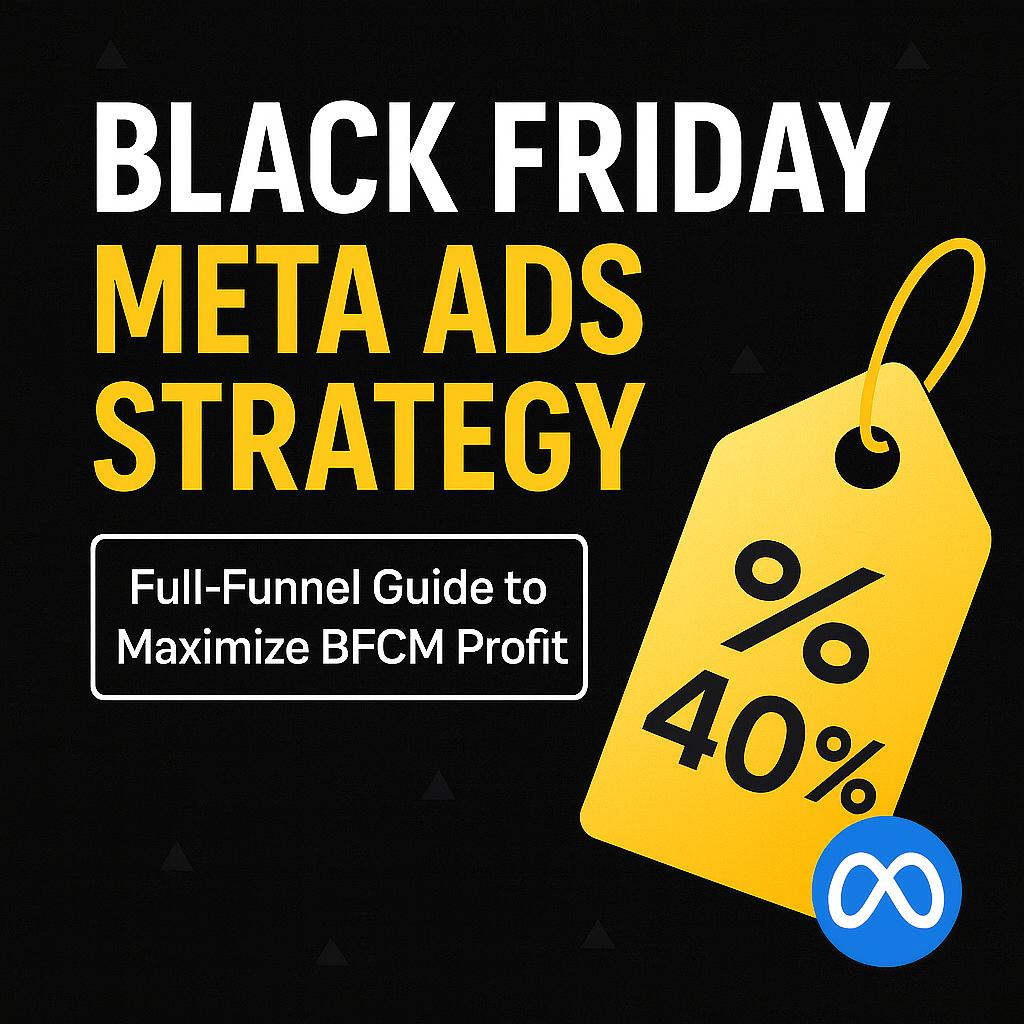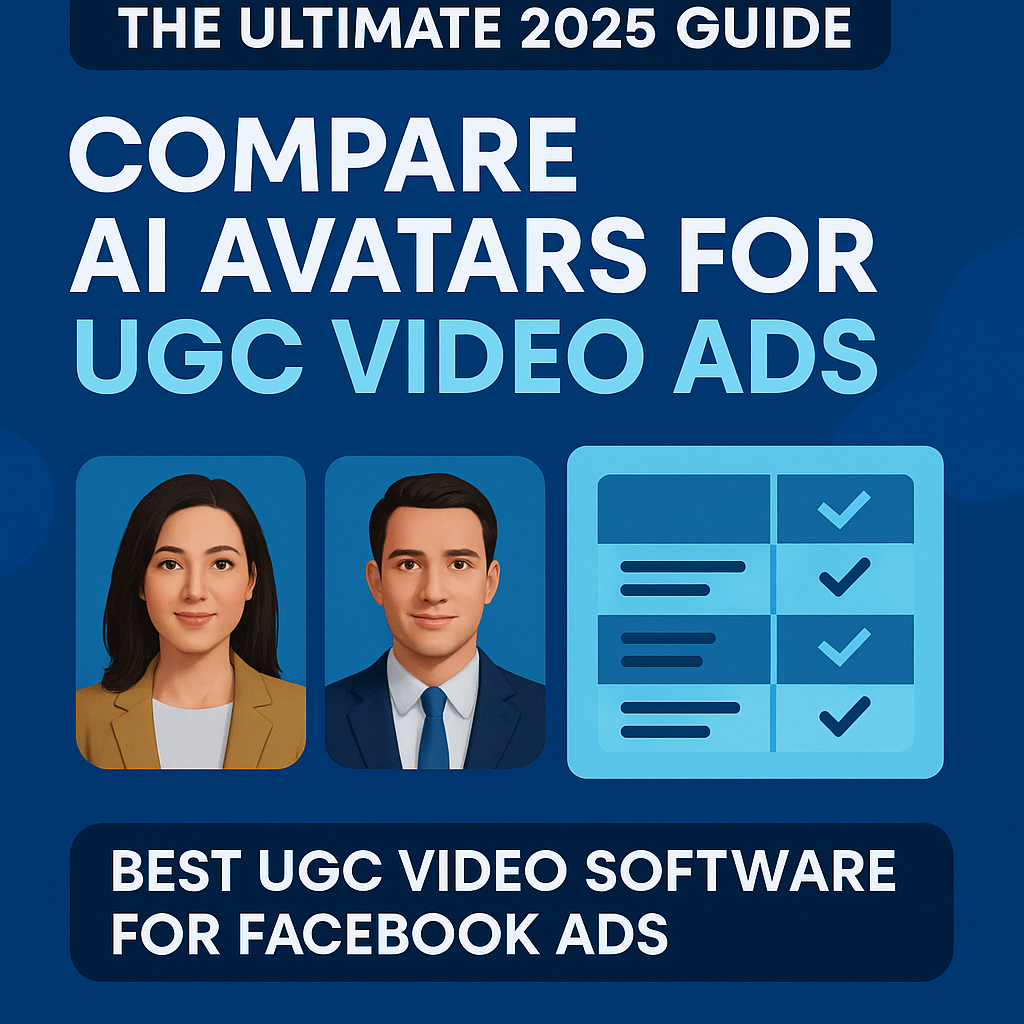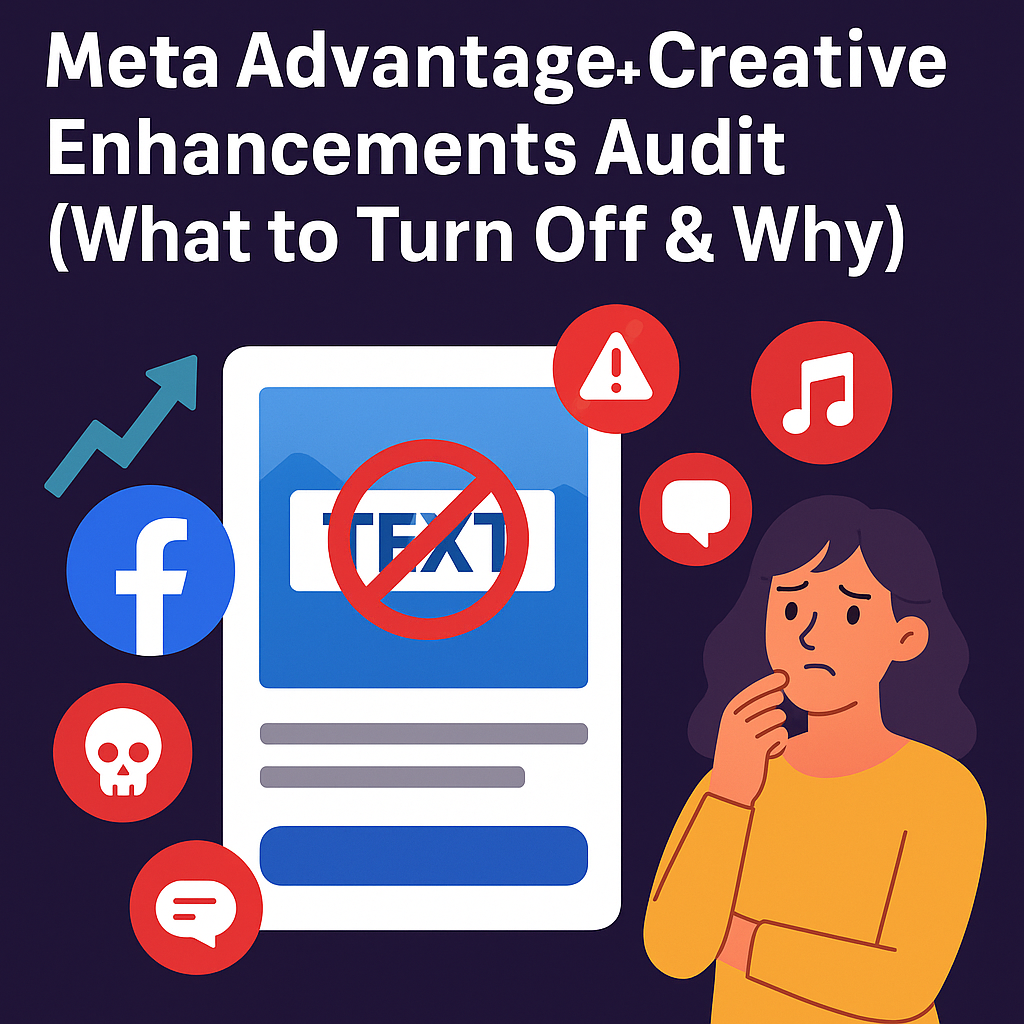This guide is your definitive resource for the best video marketing KPIs 2025 and video ad performance metrics for Meta ads.
Video advertising has exploded in popularity, transforming how brands connect with their audiences. With platforms like YouTube, Facebook, Instagram, and TikTok attracting billions of users daily, video has become an indispensable tool for reaching and engaging target audiences. But simply creating a captivating video isn’t enough; to truly succeed and maximize your return on investment, you need a robust understanding of video metrics.
This comprehensive guide explores essential video ad metrics for measuring campaign success, explaining what they are, why they matter, and, crucially, how to utilize them to optimize your campaigns for maximum impact and enhance your video ad performance. Whether you’re new to the world of video advertising metrics or a seasoned pro, this article will equip you with the knowledge and actionable insights needed to achieve your video marketing goals.
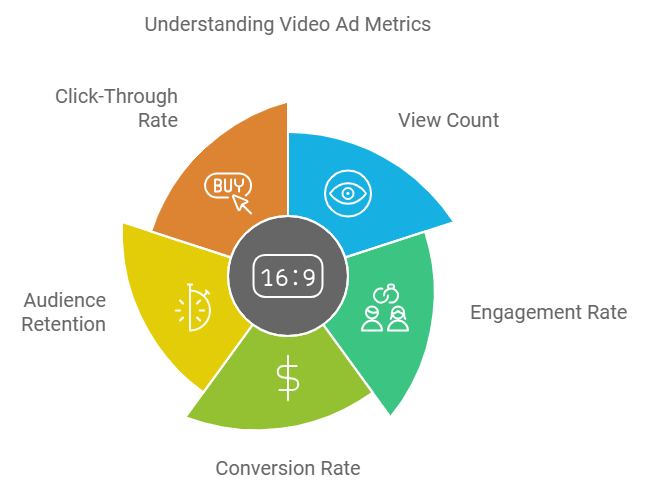
Table of Contents
What Are Video Ad Metrics?
Video ad metrics are quantifiable measures that provide insights into how your video ads are performing. They provide valuable insights into viewer behavior, engagement levels, and the overall effectiveness of your campaigns. By tracking and analyzing these metrics, you can identify areas for improvement, optimize your spending, and ultimately achieve a higher return on investment (ROI).
Video ad metrics can be broadly categorized to help you focus your analysis:
- Awareness & Reach Metrics: These provide a general overview of your ad’s visibility and the number of unique individuals it’s reaching.
- Engagement Metrics: These metrics delve deeper into how viewers interact with your video content, beyond simply watching it.
- Conversion & ROI Metrics: These directly measure the effectiveness of your video ads in driving desired business outcomes.
Top Video Metrics to Track in 2025
The following section outlines the best video marketing KPIs for 2025, including the most critical video ad performance metrics for Meta ads to optimize campaigns effectively.
To truly understand and improve your video ad performance, you need more than definitions—you need a read on what each metric actually tells you, and what action to take next. Below, we break down key video metrics into a simple diagnostic format: what a high or low value means, and how to respond.
Awareness Metrics
These video metrics help you understand how many people are seeing your video ads and whether you’re effectively reaching your target audience.
| Metric | What It Tells You | High Number Means… | Low Number Means… | What to Test Next |
|---|---|---|---|---|
| Impressions | Total times your ad is shown | Good reach and budget usage | Potential delivery issue or poor targeting | Expand placements or adjust bids |
| Reach | Unique users who saw your ad | Broad exposure to new users | You’re hitting the same people repeatedly | Scale lookalike or interest-based audiences |
| Frequency | Avg. times someone saw your ad | Risk of ad fatigue or saturation | Underexposure, low message reinforcement | Cap frequency or refresh creatives |
| Viewability | % of ad that was actually in view | Solid visibility, especially on mobile | Your ad may not be seen even when delivered | Switch placements or formats |
Engagement Metrics
These video metrics extend beyond simple views, offering valuable insights into how viewers engage with your video content. Metrics like video play rate help determine if your creative encourages viewers to initiate playback, which is key to improving video ad performance and evaluating content quality. Below is a screenshot of four UGC video ads we are currently running, with key engagement metrics such as Video Average Play Time, Video Plays, 50% video plays, and 1st frame retention.

| Metric | What It Tells You | High Value Means… | Low Value Means… | What to Test Next |
| Hook Rate | % of viewers who watch the first 3 seconds | Strong thumb-stopping opening | Poor creative start, weak visuals/copy | Test new opening visuals and headlines |
| Video Play Rate (Play Rate | % of viewers who click play (non-autoplay) | Your creative looks interesting enough to click | A high video play rate indicates that your creative and thumbnail effectively capture attention and invite interaction, especially in non-autoplay formats. | Optimize preview image and adjacent text |
| Watch Time | Avg. duration people spend watching | Viewers find your content worth watching | Content drags, lacks payoff or relevance | Shorten video or improve pacing |
| Completion Rate | % who finish your video or reach 75% | Narrative holds attention through to the end | Audience drops off early | Analyze drop-off points, trim filler |
| Retention Graph | Viewer drop-off visualized over time | Engaging content that retains viewers | Structural weaknesses in your video | Recut sections where major dips occur |
Conversion Metrics
These video advertising metrics are crucial for measuring the effectiveness of your video ads in driving desired actions and directly contributing to your business goals, truly allowing you to improve your video ad performance financially.

| Metric | What It Tells You | High Means… | Low Means… | What to Test Next |
| CTR | % of viewers who click your CTA | Messaging and offer are resonating | CTA is weak or misaligned with creative | Try urgency, social proof, or visual CTA changes |
| Conversion Rate | % who take action after clicking | Landing page aligns with ad promise | Funnel disconnect or page friction | Align ad copy with landing page, optimize UX |
| CPA | Cost to acquire a customer | Efficient cost control | You’re overspending on underperformers | Revisit audience targeting and bid strategy |
| ROAS | Revenue generated per $1 ad spend | Profitable ad set | Weak monetization or poor offer positioning | Adjust offer framing, optimize upsells |
To truly understand and improve your video ad performance, it is essential to track a variety of key metrics. Here’s a breakdown of the most important ones, categorized for clarity:
Hook Rate vs. Hold Rate vs. ThruPlay
These three metrics—Hook Rate, Hold Rate, and ThruPlay—form the backbone of any serious video performance analysis. Each offers a window into a different stage of viewer engagement, and together, they can diagnose whether your creative is watchable or effective.
| Metric | Definition | Good Benchmark | Why It Matters |
| Hook Rate | 3s views ÷ impressions × 100 | 30–50%+ | Your first few seconds make or break performance. A low hook rate means your creative isn’t thumb-stopping—redesign your open with urgency and clarity. |
| Hold Rate | ThruPlays ÷ impressions × 100 | 20–40%+ | This measures your ability to keep attention. A drop-off after the hook suggests your content lacks narrative momentum or payoff. |
| ThruPlay | 15s or 97%+ video completion | Platform-specific | Meta uses ThruPlay to optimize delivery. High ThruPlay often correlates with lower cost-per-view and better learning phase performance. |
How These Metrics Influence Creative Strategy
- If Hook Rate is low, your ad isn’t getting a chance to perform. Start with motion, tension, or a provocative visual. Avoid long logo intros or soft builds.
- If Hold Rate is weak, your structure likely lacks pacing. Ask: Does the video deliver a clear benefit or curiosity path within the first 5–7 seconds?
- If ThruPlay is underwhelming, Meta may throttle delivery. Consider trimming video length or tightening your edit to boost completion.
When analyzed together, these metrics reveal how well your creative moves viewers through a full-funnel attention journey—from “stop” to “stay” to “act.”
Analyzing and Optimizing Video Ad Performance: A Data-Driven Approach
To truly master the best video marketing KPIs 2025, advertisers must not only track but also act on performance signals, especially when scaling video ad performance metrics for Meta ads.
Gathering data on video ad metrics is only the first step. The true power lies in your ability to analyze these insights and actively use them to improve your video ad performance.
- Identify Areas for Improvement Through Data Analysis:
- Analyze Trends: Look for patterns in your data over time. Are there specific days, times, or platforms when your ads perform better? Are certain demographics more engaged than others?
- Pinpoint Drop-Off Points: Use quartile reporting and audience retention graphs to identify precisely where viewers are losing interest in your videos. This is crucial for optimizing video content.
- Assess CTR and Conversion Rates: If your CTR is low, experiment with different CTAs, compelling headlines, or more enticing thumbnail images to improve your results. If your conversion rate is low, optimize your landing page to better align with your ad’s message and offer, ensuring a seamless user journey.
- Leverage A/B Testing for Continuous Improvement: A/B testing (or split testing) involves creating two slightly different versions of your ad (or landing page) and comparing their performance. This enables you to identify which elements resonate most effectively with your audience scientifically.
- Test Different Creatives: Experiment with various video lengths, visual styles, storytelling approaches, and messaging to find the most effective combination. Does a shorter, punchier ad perform better than a longer, more detailed one?
- Monitor Video Play Rate: Especially on platforms where autoplay is not default, optimizing thumbnails and preview frames can significantly improve video play rate, helping boost initial engagement.
- Try Various CTAs: Experiment with a stronger, more urgent call to action or a different button design to see if it leads to more clicks and conversions.
- Optimize Headlines and Descriptions: Test different wording in your ad copy to see what captures attention most effectively and drives higher engagement rates.
- Optimize Your Landing Page for Conversions: Your landing page plays a crucial role in converting viewers into customers. A fantastic video ad can be wasted if the landing page experience is poor.
- Create Dedicated Landing Pages: Ensure your landing page is specifically designed for the video ad campaign, featuring consistent messaging, a clear value proposition, and a prominent call-to-action. Avoid sending ad traffic to generic homepages.
- Optimize Page Elements: Pay meticulous attention to headlines, body copy, supporting images, and forms. Ensure they are engaging, easy to understand, and guide the user towards the desired action.
- Improve Page Speed: A slow-loading page is a conversion killer. Optimize images, minimize unnecessary code, and leverage caching to ensure your landing page loads quickly and efficiently.
- Utilize Powerful Video Ad Analysis Tools: Most major advertising platforms offer robust, built-in analytics tools to track top video ad metrics and analyze your performance. Here are some of the most popular:
- YouTube Analytics: Provides in-depth data on your YouTube video ads, including watch time, audience demographics, traffic sources, and audience retention graphs.
- Facebook Ads Manager: Facebook Ads Manager: Offers comprehensive reporting on your Facebook and Instagram video ad campaigns, including reach, engagement, video play rate, conversions, and breakdowns by audience segments.
- Google Ads: Enables you to track video ad performance across Google’s extensive network, including YouTube and other partner sites, with detailed conversion tracking.
- TikTok Ads Manager: Essential for campaigns on TikTok, providing unique metrics relevant to its fast-paced, short-form video environment.
Applying Data to Strategy: Lessons from Real Campaigns
At Metalla Digital, we don’t just talk about video ad metrics; we live and breathe them. Our hands-on experience running countless video ad campaigns for diverse clients has provided us with unique insights that go beyond standard definitions. Here’s a look at some real-world lessons and strategies we’ve uncovered when trying to improve your video ad performance.
Why Longer Videos Can Supercharge Retargeting Campaigns
A common assumption in video advertising is that shorter videos consistently outperform longer ones. While brevity often aids initial engagement, our experience shows that longer content can play a crucial role in nurturing leads and improving conversion rates down the funnel, especially when combined with sophisticated retargeting strategies.
For a recent client, our standard video ad content averaged around 30 seconds, with an average watch time of 8 seconds. Curious about the potential for deeper engagement, we tested a 90-second long-form video. The results were illuminating:
- Average Watch Time Jump: The 90-second video achieved an impressive average watch time of 18 seconds (as seen in the accompanying campaign data below). This indicates viewers were significantly more engaged and willing to consume more detailed information.
- Initial ROAS Impact: While the 90-second video initially showed a less profitable Return on Ad Spend (ROAS) directly from the ad view, this wasn’t the whole story.
- Retargeting Lift: Crucially, we observed a significant lift in our retargeting campaigns. Viewers who engaged with the 90-second video were noticeably more informed and “warmer” leads, leading to higher conversion rates when subsequently targeted with bottom-of-funnel ads. They were essentially pre-qualified by the longer content, making subsequent sales efforts more efficient.

This experience highlights that optimizing video ad performance isn’t always about the immediate ROAS from a single ad view. It’s about understanding the role of different content lengths in the customer journey and leveraging advanced video advertising metrics to create a cohesive, multi-stage funnel.
Why Virality Doesn’t Guarantee Conversions
One of the biggest misconceptions we encounter is the belief that high video views, or even viral organic reach, automatically translate into sales. Our experience has consistently shown this to be a dangerous assumption.
We once had a video achieve over 1 million organic views – a massive reach by any standard. However, despite its widespread visibility, it made no significant impact on our client’s sales figures. When we attempted to use this “viral” video for paid advertising, it was a complete failure in terms of conversions.
By contrast, we ran a different campaign using a non-viral video that had only one-tenth the view count, but with highly refined targeting and a value-driven hook. This smaller campaign delivered a 6.1x ROAS with strong click-through and conversion rates. The content wasn’t built to entertain—it was built to convert.
This crucial lesson highlights that engagement metrics (such as watch time and completion rate) and conversion metrics (like CTR and Conversion Rate) are far more valuable than vanity metrics, like raw view counts. Understanding what motivates users to buy a product—specifically the pain points, desires, and solutions your product offers—is paramount.
A video might be entertaining enough to go viral. Still, if it doesn’t align with purchase intent or effectively communicate value for a paid ad objective, it won’t drive your business goals. Focusing on conversion-optimized creative is key to truly improving your video ad performance.
How Frequency Predicts Creative Fatigue
Among the essential video ad metrics, Frequency is often one of the most underrated. Our direct experience shows it acts as an invaluable early warning system for ad fatigue. By closely monitoring how many times the average user sees your ad, you can predict and prevent declining performance before it significantly impacts your results. High-frequency numbers can signal that it’s time to refresh your creative or expand your audience to avoid over-saturation and diminishing returns.
Use Drop-Off Data to Engineer Higher-Converting Videos
For us, one of the most important ways we utilize video ad metrics is to precisely identify the parts of the video at which users are dropping off or disengaging. By meticulously analyzing quartile reporting and audience retention graphs, we can pinpoint specific moments where interest wanes. This allows us to strategize for future content creation, refining our storytelling, pacing, and calls to action to create more compelling and conversion-driving video ads from the outset. This iterative process, driven by data, is fundamental to continuously improving your video ad performance.

Conclusion: Mastering Video Ad Metrics for Unprecedented Growth
Focusing on the best video marketing KPIs 2025 and tailoring your strategy around video ad performance metrics for Meta ads puts you ahead of the competition. Here’s how to make the most of it:
Video ad metrics are not just numbers; they are the narrative of your campaign’s performance. By meticulously tracking, analyzing, and acting upon these essential video ad metrics, you gain invaluable insights into viewer behavior, enabling you to identify areas for improvement and strategically optimize your video ad performance for better outcomes and higher ROI.
Remember to continuously monitor your metrics, experiment with different approaches through A/B testing, and adapt your strategies based on the data you gather. With a data-driven, iterative approach to video advertising metrics, you can unlock the full potential of video advertising and consistently achieve your marketing and business goals.
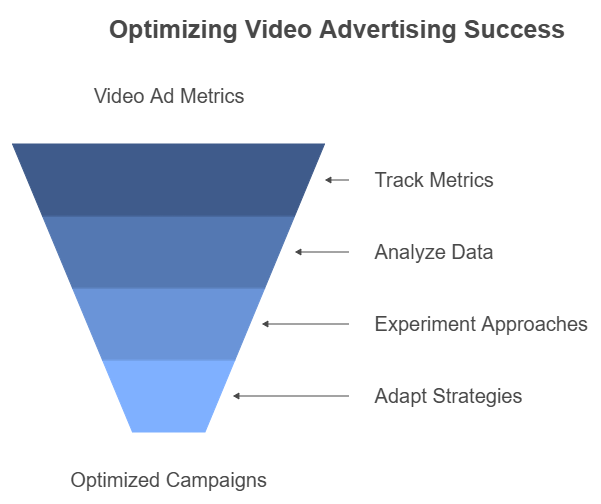
Frequently Asked Questions
Here are answers to common questions about video advertising metrics and how to improve your video ad performance:
What is a “good” click-through rate (CTR) for video ads?
A good CTR varies significantly depending on the platform, industry, ad format, and targeting. However, a CTR of 0.5% to 2% is often considered a general benchmark for video ads, with highly targeted or engaging campaigns achieving rates much higher than this (e.g., 5% or more). Always compare your CTR against your historical performance and industry averages.
How can I improve my video completion rate?
To improve completion rates, focus on creating highly compelling content that keeps viewers engaged from start to finish. Utilize strong storytelling techniques, incorporate dynamic visuals that capture attention, and front-load your most important message. Keep your videos concise and to the point. Every second counts!
What’s the difference between view rate and click-through rate?
View rate measures the percentage of people who watched your ad (or a significant portion of it, as defined by the platform), while click-through rate (CTR) measures the percentage of people who clicked on your call-to-action or the ad itself after watching. View rate indicates initial engagement with the content, while CTR indicates intent to take the next step.
How do I effectively track conversions from my video ads?
To track conversions accurately, use the conversion tracking tools provided by your advertising platform (e.g., Google Ads conversion tracking, Facebook Pixel, TikTok Pixel). This usually involves adding a small pixel or code snippet to your website. This code triggers when a desired action (such as a purchase or form submission) occurs, attributing it to your video ad campaign.
Why is my watch time low, and what can I do about it?
Low watch time often indicates that your video isn’t engaging, relevant, or optimized for your target audience. To address this:
Improve the Video’s Content: Re-evaluate your script, visuals, and pacing. Is it truly captivating?
Stronger Hook: Ensure the first 3-5 seconds immediately grab attention and convey value.
Targeting Refinement: Are You Showing Your Ad to the Right Audience? Re-target your ads to a more qualified or niche audience who is more likely to be interested.
Video Length: Experiment with shorter versions, especially for awareness-focused campaigns.
What is a good video play rate, and how do I improve it?
A strong video play rate (especially in non-autoplay environments) means your video thumbnail, headline, or preview frame effectively entices viewers to click play. While benchmarks vary by platform, aim for 1–5% depending on placement. To improve it, test different thumbnails, titles, and hooks in the first frame.

